What is bronze made of and where is it used?

Bronze is one of the oldest alloys with a long and rich history. This is one of the first such materials obtained at the dawn of the 3rd millennium BC. NS. The role of bronze to this day is still quite important and significant. In this article, we will take a closer look at this alloy, find out its composition and figure out where it is most often used.

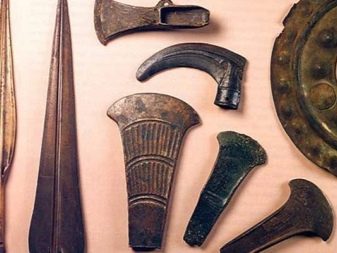
What it is?
Before starting a conversation about the areas in which bronze is most often successfully used, you should find out what it is. If you understand in detail the definition and features of the material in question, it is worth highlighting the fact that in The alloy contains such important components as copper and tin. Also bronze contains and mixture of other elements, but in more modest percentages. The result is attractive and multicomponent alloy... It is copper that plays the main role in its composition, and everything else is represented by alloying elements, which cannot be dispensed with in improving the properties and characteristics of the metal.
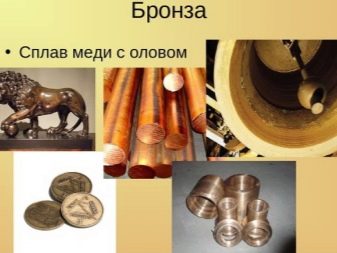
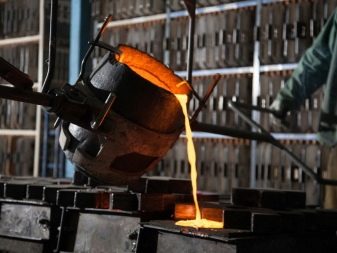
Bronze looks different. Its external parameters directly depend on which components prevail in its composition. So, traditionally known alloy of saturated red tint indicates that it contains a large percentage of copper. There are also varieties of this metal that have a cold steel colorclose to white - this appearance indicates that the alloy contains no more than 35% of the copper component.

Advantages and disadvantages
The alloy in question has been popular for many years.Over the years, its relevance does not diminish, due to the many advantages that are inherent in it. Let's consider the main positive characteristics of bronze that make it in demand.
- This metal boasts a rich variety. There are many different types of bronze, for example, pewter, silver, aluminum and many other varieties with their own formulas and characteristics. Such materials turn out to be useful in various fields, they contain various elements that affect the physical properties and features of the operation of the metal.
- The existing bronze alloys are subdivided into cast and wrought subtypes. That is, to solve "their" specific tasks, it is possible to obtain a metal that will easily yield to cold forging - the process of deformation at normal temperature values. It will also be possible to obtain an alloy that can be cast.
- A significant advantage is that high-quality castings from the alloy in question demonstrate the smallest shrinkage - only 0.5-1.5%. This property determines the wide distribution and demand for the material not only among professional sculptors, but also in the manufacture of special industrial machines and devices.
- Bronze is a material that can be used multiple times. The alloy absolutely calmly tolerates further remelting, if necessary. This procedure does not harm the material, does not adversely affect its properties.
- One of the most important benefits of bronze is that it is safe and environmentally friendly. If, during the production of such an alloy, potentially hazardous components were involved, for example, beryllium, then the finished product from this will still not be toxic. Today, not every material can boast of such important qualities.
- The bronze alloy is highly resistant to corrosion. It cannot be adversely affected by either the city's polluted air or sea water. Under the influence of such external factors, the material does not deteriorate, does not lose its former attractiveness. Most of the acids bronze is not at all "afraid" and is not exposed to their negative effects. That is why this material is often used for the production of special acid-resistant equipment.
- Bronze has another interesting quality - it is elastic. In many cases, the alloy is used for the manufacture of various high-precision spring parts that are designed for a long service life.
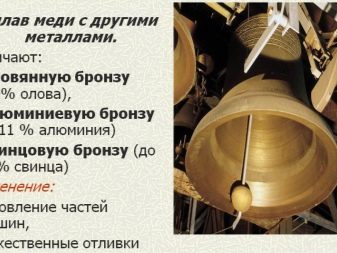
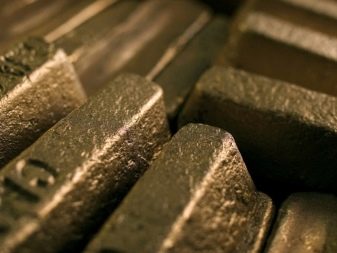
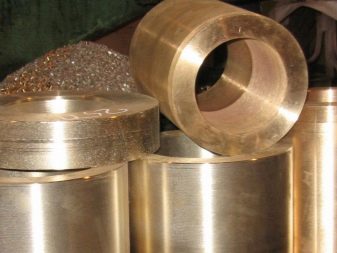
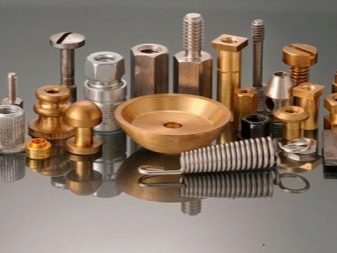
Despite the impressive list of advantages, the bronze alloy is still not devoid of certain disadvantages... The main one is price practical material. Copper, much less tin, are materials that are used in many situations, but they are expensive to obtain.

Other subspecies of the alloy under consideration, for example, the aluminum version, are much cheaper, because more affordable raw materials are used in their composition as an alloying element.
The disadvantages of the bronze alloy include not the highest indicators of its thermal conductivity... However, the named distinctive feature was also able to find its application - for example, in the production of various accessories for bathrooms.
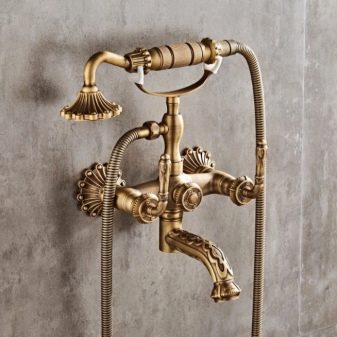
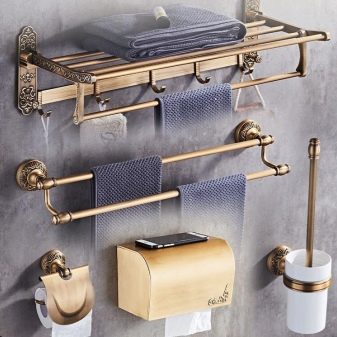
Main characteristics
The characteristics and properties of a bronze alloy depend on 2 main factors - composition and structure. As mentioned above, the chemical composition of the material in question is designed in order for the alloy to obtain certain mechanical properties and performance characteristics. The most important of them are hardness, strength and ductility of the alloy... It is possible to correct and rebuild the first 2 parameters by changing the ratio of tin in the composition. So, its share in the content of the main material is related to the degree hardness and plasticity.
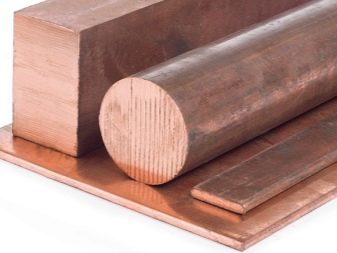
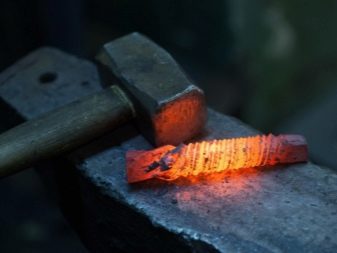
The indicators of hardness and strength of bronze are most influenced by the amount of beryllium in the composition... Certain grades of alloy in which the named element is provided may be stronger than stainless steel. To add ductility, the beryllium alloy is pre-quenched. In this case, it is not the quantitative values of the introduced substances that play an important role, but the degree of manifestation of the properties that are planned to be obtained as a result.
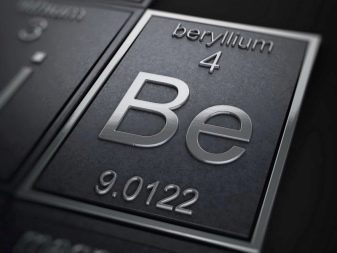
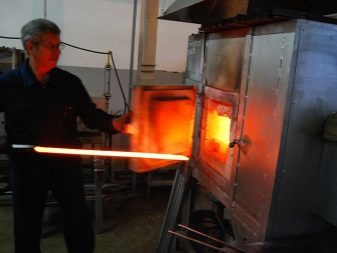
That is, with an equal amount of 2 different elements, one of them is able to change the properties and characteristics of the alloy to a greater extent than the second.
The structure of the bronze alloy is responsible for the accommodating capacity of matter in relation to different elements. This feature can be considered in more detail using the example of an important component - tin. For example, a 1-phase structure has no more than 6-8% of the named element. If you exceed its indicators by the amount of the solubility limit (reaches 15%), then the 2nd phase of the solid solution can form.
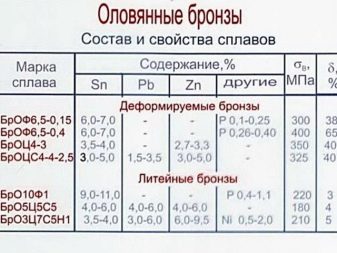
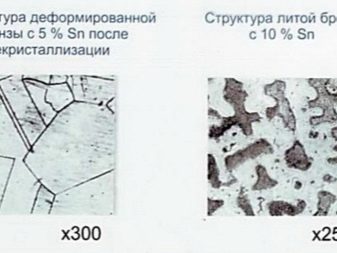
Single phase raw materials are characterized by higher plasticity values. Biphasic the bronze alloy turns out to be tougher, but also more brittle. The specified technical characteristics affect the further use of the considered materials: for example, the raw materials of the first type are more suitable for forging, and two-phase options will be the best solution for further casting.
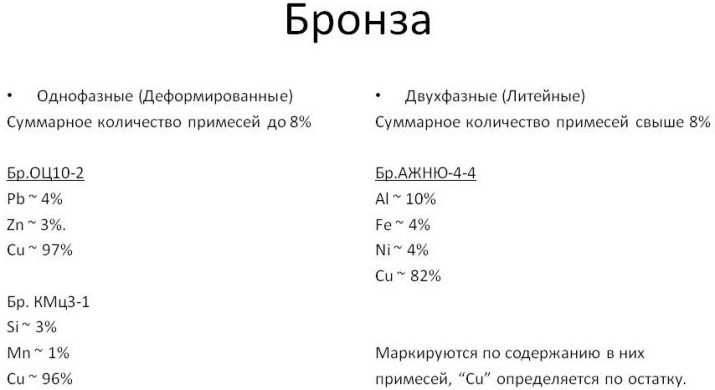
Each type of bronze alloy has its own distinctive features. Let's get acquainted with them on the example of a cast tin material.
- The degree of density of the alloy depends on the percentage of tin - with its share of 8-4%, it will range from 8.6 to 9.1 kg / cu. cm.
- The melting point will depend on the composition of the alloy and can range from 880-1060 degrees Celsius.
- The level of thermal conductivity of the material in question can reach 0.098-0.2 cal / cm, which is a modest indicator.
- Electrical conductivity reaches 0.087-0.176 μOhm * m. This figure is also small.
- The seawater corrosion rate is 0.04 mm / year. If the alloy is in an open air environment, then this value will be different and will be 0.002 mm / year.
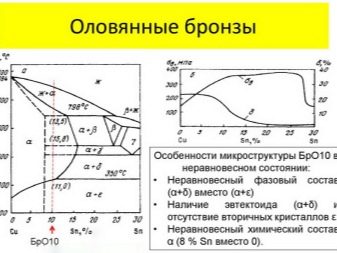
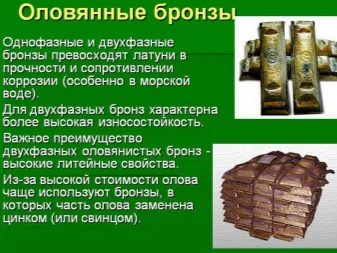
If the metal has these characteristics, users won't have to worry about it rusting quickly.
Species overview
Bronze alloy is divided into several different types. The classification of the material occurs according to several main criteria. Let's dwell on each of them.
By chemical composition
Based directly on the chemical composition of bronze, the following varieties are distinguished.
- Pewter... The material of this subspecies contains 3.5-7% tin. The alloy boasts high strength, reliability and resilience after preliminary pressure treatment. The material has excellent casting properties. Shrinkage can be as high as 1% (as is the case with cast iron).
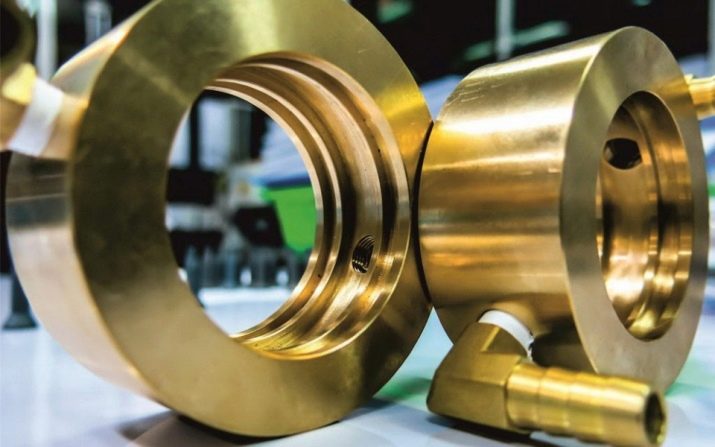
The main disadvantage of this material lies in the appearance of microscopic pores during the crystallization of the casting.
- Tinless... This category includes such types of alloys in the chemical composition of which there is no expensive tin. Instead, more readily available and inexpensive materials are included.
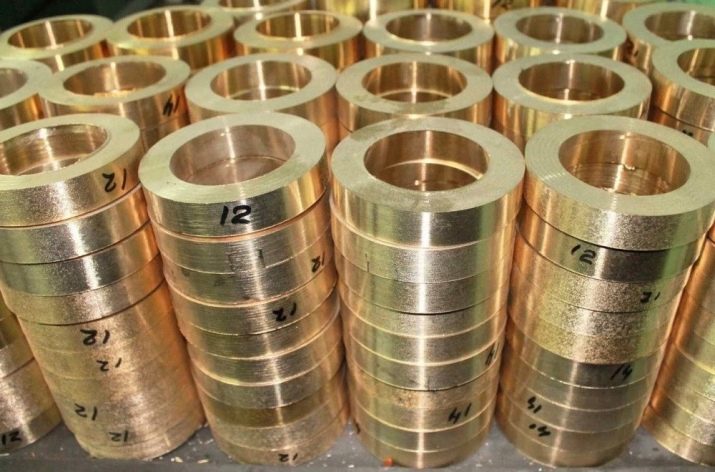
- Aluminum... Maximum plastic material. Its casting properties are lower than that of expensive tin bronze, but there are no micropores in the composition. The composition includes nickel, phosphorus and iron - components that improve the properties of an aluminum alloy.
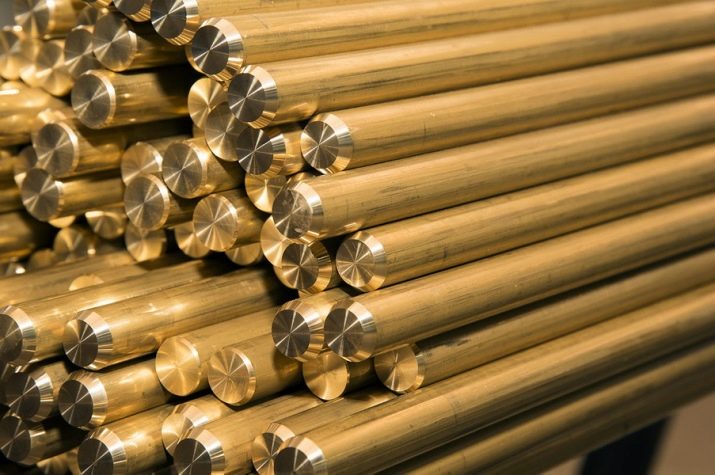
- Silicon... High-strength subtype of material, resistant to corrosion, is electrically conductive. The material is not afraid of low or high temperatures, alkaline environment. In order for the metal to have higher strength characteristics, the chemical composition is additionally alloyed with manganese and processed by cold deformation.
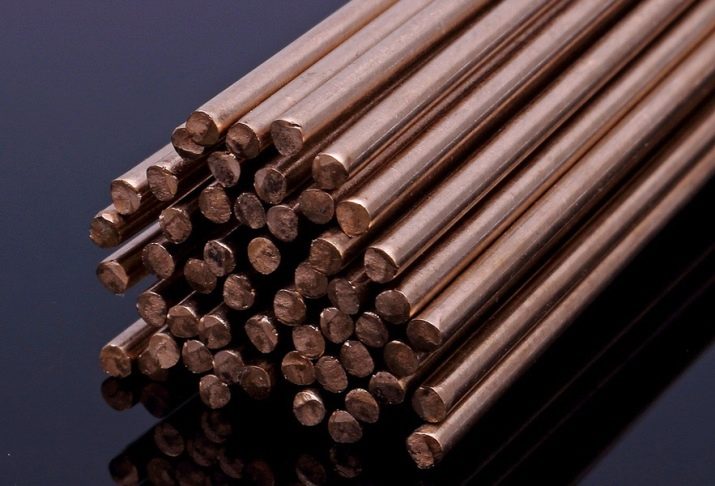
- Beryl alloy is allowed to undergo heat treatment using quenching and artificial aging... The main disadvantage of this type is the high cost of beryllium.
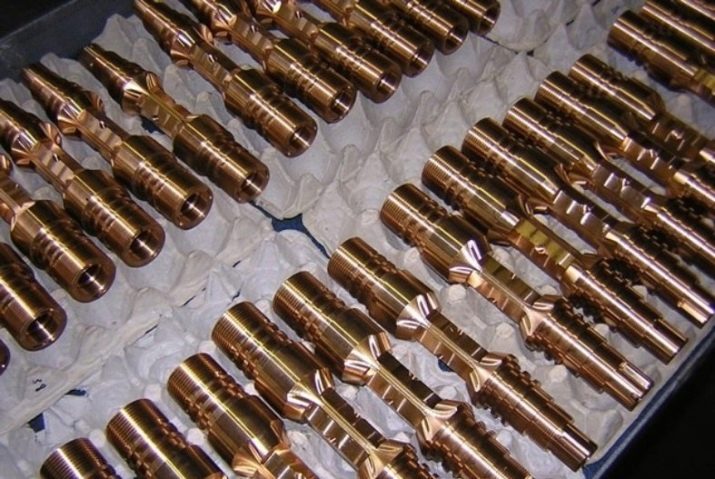
Because of this, silicon bronze alloy is used exclusively in the production of special assemblies, which must be distinguished by high wear resistance and durability.
By processing
Bronze alloys are classified based on the type of processing.
- Deformable... In the production of bronze parts, such popular technologies as forging, broaching, cutting, and milling are used.
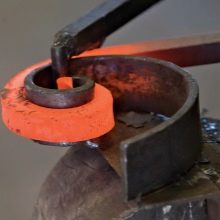
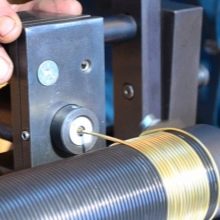
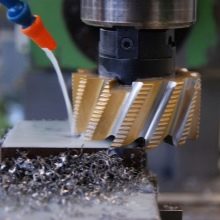
- Foundry... A separate type of bronze alloy. Parts that consist of this metal are produced by metallurgy.
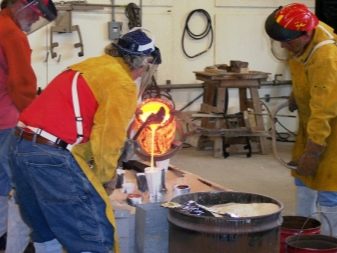
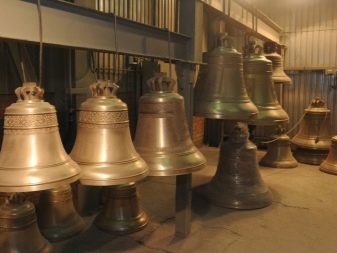
By structure
Different types of bronze alloys are also divided in their structure. The following options are distinguished.
- Single phase... The components present in such a metal in solid solution form only one definite phase.
- Biphasic... Products are obtained by casting, because they are deformed exclusively under the influence of high temperature indicators. It is possible to obtain castings of the most complex and intricate configurations from a two-phase alloy.
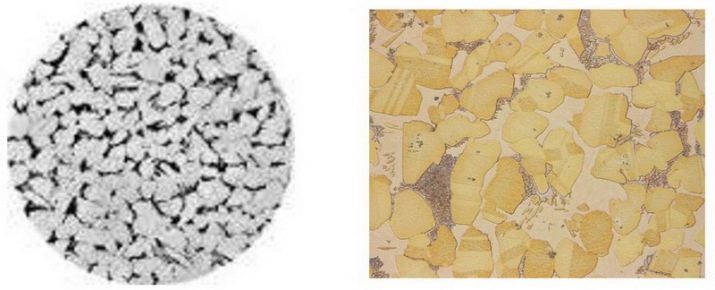
Scope of use and marking
There are currently several different grades of bronze. They differ from each other directly in composition, which determines the characteristics, parameters and scope of the alloy. To make it easier to navigate, a special marking system has been developed, which includes alphabetic and numeric symbols (reflect the first values in the names of chemical elements).
The numbers in the brands indicate the number of components provided in the alloy (in percentages). True, the volume of copper is usually not reflected in these designations.
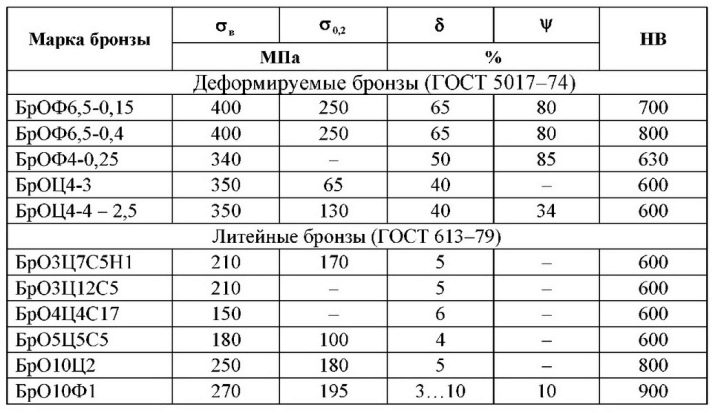
This indicator is usually calculated as the difference between the total composition of bronze and the number of additional alloying elements.
Currently, the bronze alloy is used in many areas. Let's get acquainted with their list.
- An alloy containing only 2% tin is perfect for forging at normal temperatures because of its good ductility. Compositions in which the concentration of this element reached 15% were widely used in ancient times - many different objects were made from them.
- Quality hardened bronze, which contains beryllium, is often used in the manufacture of spring parts, springs or membranes.
- The material rich in aluminum is most often used in adverse conditions (chemical production, high humidity).
- Alloys with silicon and zinc are ductile and are suitable for the production of objects by casting.
- The material in question is used for the production of various electrical engineering, since it is not magnetised.
- Baths, washbasins, plumbing fixtures, which are often used at home (and not only), are made from a material that does not differ in thermal conductivity.
- The bronze alloy can also be used in automotive or aircraft construction.
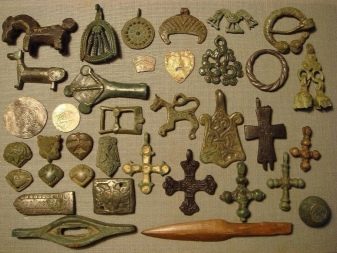
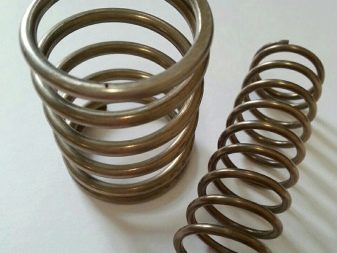

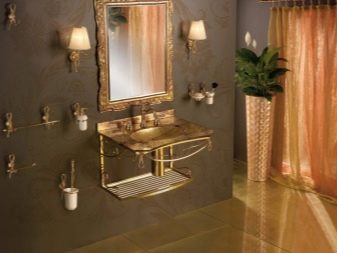
How to tell at home?
Bronze has quite different differences from other similar metals. There is nothing difficult in the art of "calculating" a given material. Let's see how you can easily and easily distinguish bronze at home.
- Bronze differs from many other alloys in its high strength and rigidity. Thus, metal can be easily distinguished from copper or brass. It is enough to literally check the material "for a tooth" - no traces should remain on the surface of the bronze alloy, as in the case of pressure.
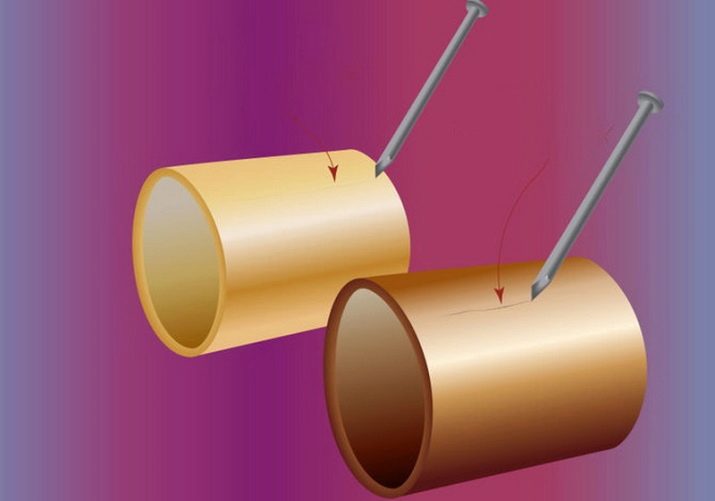
- You can experiment with saline solution (200 g per liter of water). After 10-15 minutes, a copper piece will acquire a more intense and catchy shade than a bronze piece.
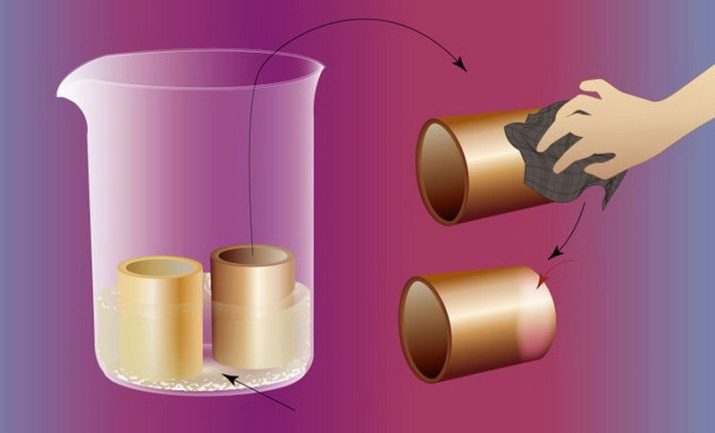
- They resort to heating the metal to about 600 degrees Celsius (A similar temperature can be obtained using a special gasoline burner).If the instrument is brought up to, for example, brass, a dark zinc oxide film will appear on the material. It will not be visible on a bronze item.
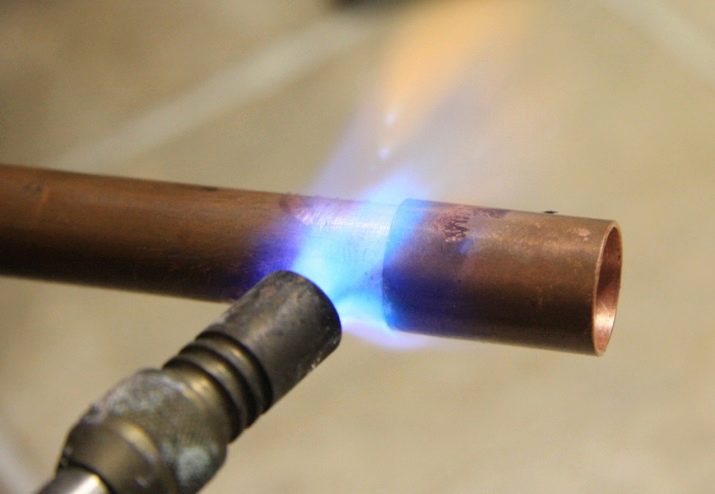
- If you heat up brass, it will bend. If such an operation is carried out with respect to bronze, it will not change its properties and shape. If there is an opportunity and a sample of metal, you can try to melt it. The same brass will begin to burn with a white flame, scattering snow-white flakes - this is how the zinc burns out.
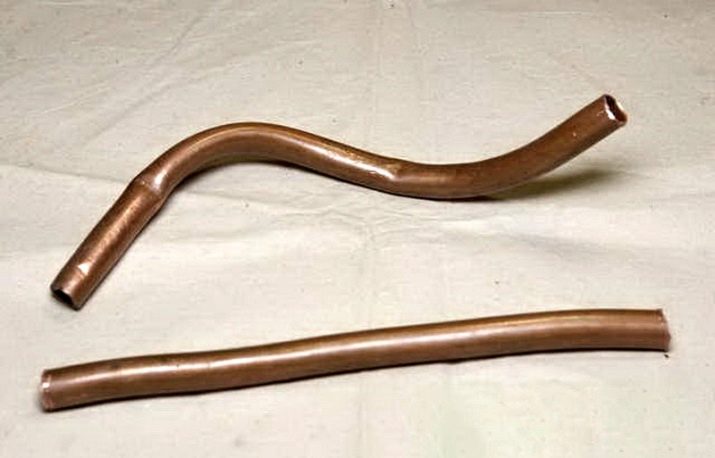
- You can distinguish bronze from brass in another reliable way.: Put a few shavings of each of the metals in separate containers, and then pour in dilute nitric acid (1 part acid and 1 part water). Wait a little until most of the components have time to dissolve. Next, you need to warm up the beakers and bring the solutions to a boil. You need to keep them on low heat for 30 minutes. The liquid in which the pieces of brass are located will be transparent, and a snow-white precipitate of tin will form in a vessel with bronze shavings.
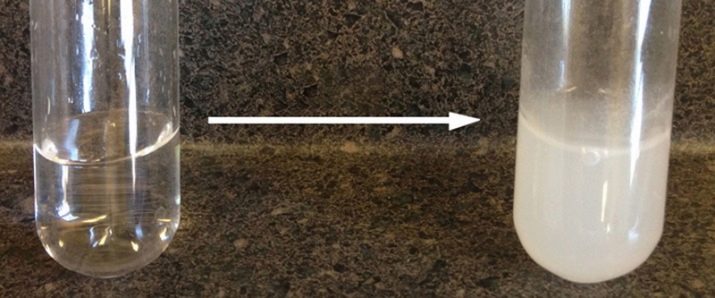
How to care?
Products made from a bronze alloy require proper periodic maintenance. They should not be neglected. Let's take a closer look at how to properly care for such items.
- Items made of noble bronze look spectacular and attractive only if they are well cleaned and well-groomed. Any dust accumulations and dirt that appear on the surface of objects should be regularly removed. It is best to use a slightly damp cloth for this. You do not need to rub the products with all your might - be careful.
- To keep the original varnish on the bronze items as long as possible, you can periodically wash them with a mild soapy solution. These actions will be necessary so that cracks or destruction of the varnish layer do not appear on the objects.
- If you are a big fan of things that are literally polished to a perfect shine, it is recommended to clean the bronze using specialized powders and reagents. For example, a special purifier for bronze "Trilon" can boast of a good reputation.
- After completing work on deep cleaning of bronze alloy products, it is advisable to polish the metal surface thoroughly. A dry woolen cloth will do the best for this.
- Sometimes dry tooth powder is used to clean bronze, previously diluted in water with the addition of ammonia. You need 1 glass of powder, 1 teaspoon of alcohol. It is advisable to use a stiff brush for cleaning.
- An ancient and traditional way of purifying bronze is this option: using water in which legumes were previously cooked. Further cleaning is also carried out using a stiff brush. After that, a clean metal product must be rinsed again and wiped clean with a dry cloth.
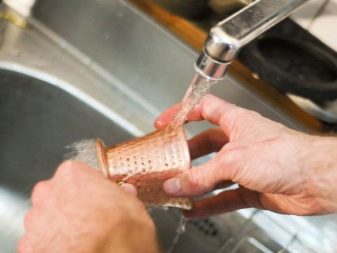
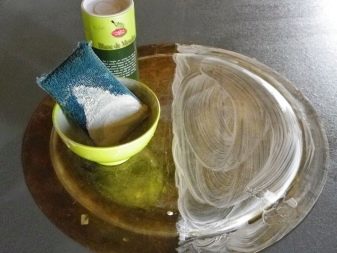
If you plan to use a rag to clean the bronze, it is better to take flannel option. It is especially carefully and scrupulously required to clean places with folds and depressions, since it is here that dust and dirt accumulate most actively.
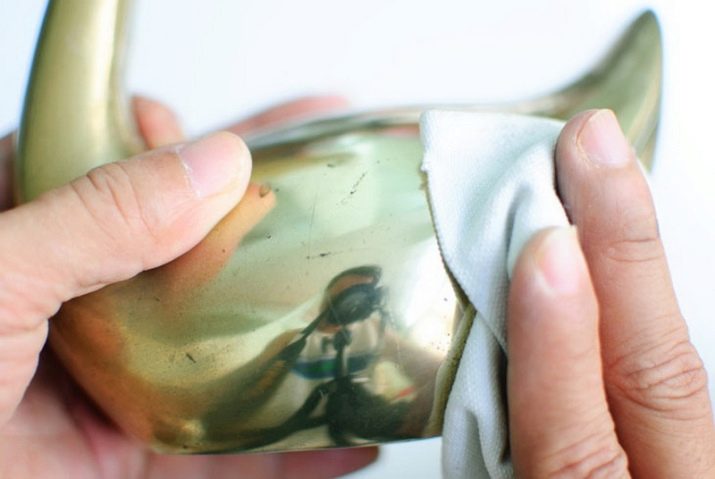
The products should be cleaned regularly so that unnecessary inclusions do not accumulate on them.
About what bronze is and where it is used, see the next video.








